







Hi there and welcome to Ado's Blog. I am obsessed with nostalgia, especially 1960s & 1970s nostalgia and I enjoy nothing more than reflecting on days and times that have sadly long since gone! So join me, as I take a nostalgic gander down Memory Lane and celebrate all things past and occasional present, both good and bad! (All images used that are copyrighted are copyrighted to their respective publishers and are only used here for review purposes.)







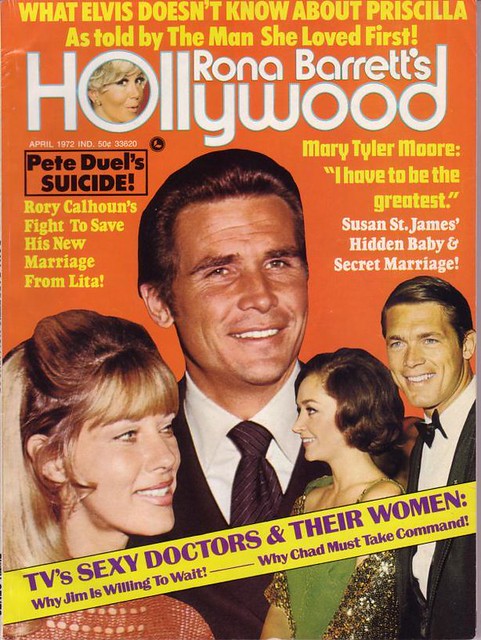
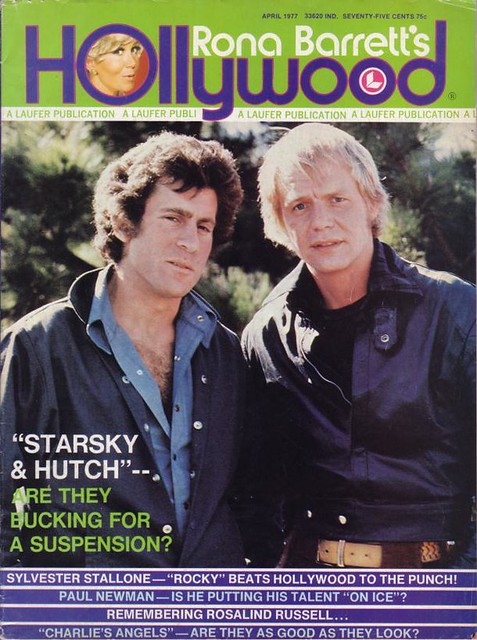
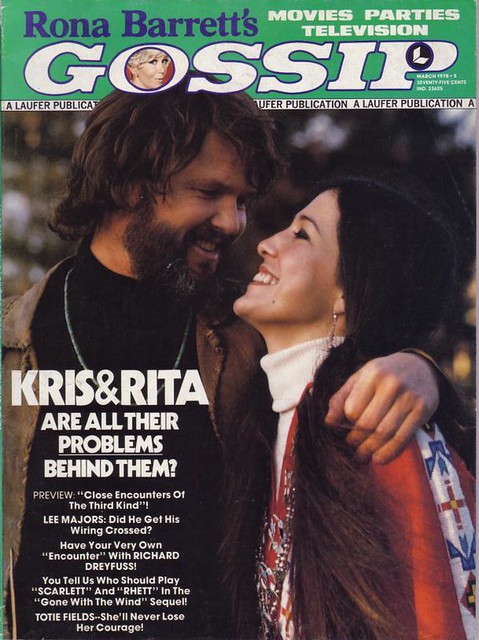



Who Dares Wins (U.S. title: The Final Option) was a 1982 British film that starred Lewis Collins fresh from his success as Bodie in The Professionals, Richard Widmark and Edward Woodward, directed by Ian Sharp. The title is the Motto of the elite Special Air Service (SAS).
The plot is largely inspired by the Iranian Embassy Siege of 1980, during which the SAS stormed the building to rescue those being held hostage inside. Euan Lloyd, the movie's producer, got the idea for the film after watching live television coverage of the event, but he had to move quickly to prevent the idea being scooped by somebody else. An initial synopsis was created by George Markstein. This was then turned into a novel by James Follett as The Tiptoe Boys, in thirty days flat. Meanwhile, chapter-by-chapter as the novel was completed, it was shipped to Reginald Rose in Los Angeles, who wrote the final screenplay.

The British security forces learn that a militant group attached to the anti-nuclear movement plans a significant act of terrorism, however their plant is unmasked and publicly killed during a protest march. To find out what is being planned, the security services recruit the services of the SAS. SAS officer, Capt Peter Skellen (Lewis Collins) is picked for the mission. After faking his dismissal from the SAS for beating two visiting counter-terrorist officers in a mountain training exercise, he goes undercover to infiltrate the militant group by seducing its leader. Despite his efforts, he is tailed during meetings with his contact and his wife. Knowing this, the terrorists decide they can use Skellen as a part of their plan and do not let him know that he has been found out.

The group kills the secret service go-between after tailing Skellen to a meeting, and later takes his wife and child hostage. Before he can report what he has learned to his superiors, the group executes its operation by hijacking a coach carrying a military band and uses their uniforms to gain access to the American ambassador's residence. They take over the building and demand that a nuclear weapon be fired at the Holy Loch submarine base in Scotland. When it becomes clear that negotiations will not work, the SAS is sent in to deal with the terrorists. Once informed that his family had been taken hostage, Skellen was forced to accompany the group on their hostage-taking operation, but was unarmed as he was no longer trusted by the group. During the siege he manages to communicate with those outside using a Morse code light signals through a bathroom window. The SAS leader signals back that a raid will begin at 10 a.m., so Skellen can be prepared when the power is cut.

At the appointed time, Skellen disarms a terrorist and uses his weapon to engage the terrorists. He kills several before linking up with his SAS colleagues who have now entered the house by abseiling from helicopters, and forced entry via the front door. At the end, he comes face to face with the group's leader. As he hesitates, she goes to kill him, but is killed by SAS soldiers.
Skellen's family is rescued by an SAS operation entering his house through a wall from the neighbouring flat, ending in the deaths of the terrorists and his family safe.

Who Dares Wins was also panned by some critics as being apparently right-winged. But, reportedly, it earned praise from notable filmmakers. Steven Spielberg and Robert Zemeckis, for example, told Ian Sharp they loved Who Dares Wins, and therefore they chose Sharp to work as the 2nd Unit director in their 1988 film, Who Framed Roger Rabbit. In a letter to producer Euan Lloyd dated 25th February, 1983, now in the collection of film director Malcolm Taylor, Stanley Kubrick wrote: "I must also take this opportunity to tell you how much I enjoyed "Who Dares Wins." Casting Judy Davis was a brilliant idea. I think she is the best young actress around and she brought instant credibility and dramatic interest to all her scenes."













The main character, Police Constable George Dixon, played by the late Jack Warner, was an old-style British "Bobby" (Policeman). The character first appeared in a 1950 British film by Ealing Studios, The Blue Lamp, in which he was shot and killed by a criminal called Tom Riley (Dirk Bogarde). However, it was decided to resurrect him for a television series, written by Ted Willis. The designer was Laurence Broadhouse.
If Dixon was known to the public, the actor Jack Warner was even better known. Born in London in 1895, Warner had been a Comedian in radio and in his early film career. Starting in the early 1940s, he broadened his range to include dramatic roles, becoming a warmly human character actor in the process. But as well as playing in films with dramatic themes, such as The Blue Lamp, Warner continued to play in comedies such as the successful Huggett family programmes on BBC Radio and films made between 1948 and 1953.
In Dixon of Dock Green, Dixon is a "bobby" on the beat – lowest-ranking policeman on foot patrol. With the inevitable heart of gold, Dixon was a widower raising an only daughter, Mary (Billie Whitelaw in early episodes, later replaced by Jeanette Hutchinson). However, in The Blue Lamp, Dixon has a wife named Em (Gladys Henson) and it is mentioned that their only son, Bert, was killed in the Second World War – hence Dixon adopts a paternal aspect towards PC Andy Mitchell (Jimmy Hanley), a young policeman on his first day.

Subtitled in the early days "Some Stories of a London Policeman", each episode started with Dixon speaking to the camera. He began with a salute and the greeting "Good evening all", which was changed to "Evening all" in the early 1970s, which has lived on in Britain as a jocular greeting. In similar fashion, episodes finished with a few words to camera from Dixon in the form of philosophy on the evils of crime, before saluting and wishing the viewers "Goodnight, all". At the end of a series, Dixon would tell the audience that he was "going on holiday for a few weeks" so that they wouldn't worry about not seeing him around.
Initially, Dixon continued in the same role as in the film The Blue Lamp, a constable based at the fictitious Dock Green police station in the East End of London, which replaced Paddington Green police station from the film. The character of Andy Mitchell, the young constable in the film who embarks on a perilous quest to find and bring Tom Riley to justice, became a detective named Andy Crawford (Peter Byrne), in the CID at Dock Green, and he was married to Dixon's 23-year-old daughter, Mary, in the 19th episode, Father in Law (1st Sept 1956). Dixon sings a few songs at the wedding and wishes the viewers goodbye at the end of the episode (this was the end of series 2 and series 3 was four months away). The couple moved to a flat in Chelmsford.

By the final years of the series in the 1970s, Warner was getting elderly and looking increasingly implausible even in a desk job (as he had increasing difficulty moving about, helped slightly by a treatment involving bee stings). In the final series, when Warner was 80, George Dixon was shown as retired from the police and being re-employed as a civilian collator.

The BBC scheduled Dixon of Dock Green in the family time slot of 6:30 on Saturday night. At the time it started on air in 1955, the drama schedule of the BBC was mostly restricted to television plays so that Dixon had little trouble in building and maintaining a large and loyal audience. In 1961, the series was voted second most popular programme on British television with an estimated audience of 13.85 million. Even in 1965 after three years of the gritty and grimy procedural police-work of Z-Cars, the audience for Dixon stood at 11.5 million. However, as the 1960s wore on, ratings began to fall and this, with health questions around Jack Warner, led the BBC to end the series in 1976.
The series was the creation of writer Ted Willis, who not only wrote the series over its 20 years on British television but also had a controlling hand in production. Longtime producer of the series was Douglas Moodie whose other television credits include The Inch Man and The Airbase. Dixon was originally produced at the BBC's studios at Lime Grove. Altogether some 430 episodes were made, at first running 30 minutes and later 45 minutes.
In 1988, a screenplay called The Black and Blue Lamp was shown on BBC TV, in which two identical criminals named Tom Riley, one from the 1950 film (in which Dixon dies) and one from the 1980s, swap places in time. The one from the 1980s experiences the soft policing of the Dixon TV series. Meanwhile, the one from 1950 experiences the very harsh policing of the 1980s, represented by a parody of violent police procedurals called The Filth. There, he discovers that the Dixon of the divergent Dock Green timeline, who has also just been killed, was as bad as any copper could be.
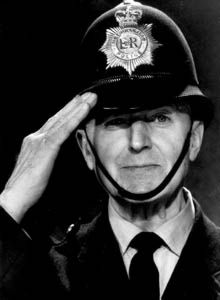
"Goodnight All."




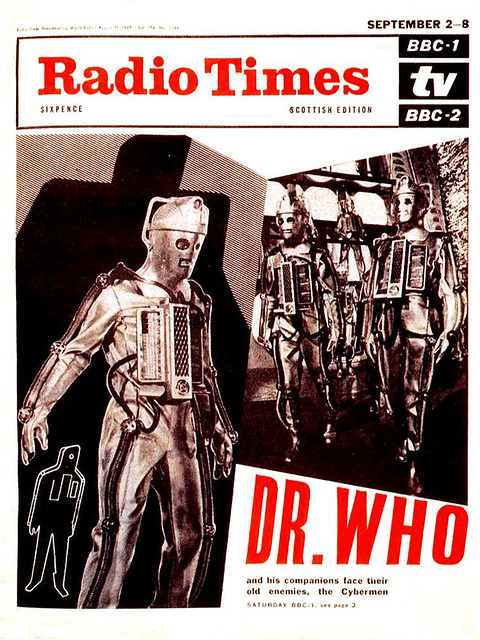

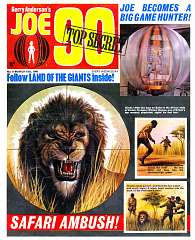








"Love Is in the Air" was covered in Canada by Quebec artist Martin Stevens (born Roger Prud'homme), and had the distinction of sharing Toronto's CHUM (AM) Top 30 chart, the premier pop chart in Canada, with John Paul Young's version.
Stevens' version debuted on the October 7, 1978, chart at No11, six weeks after John Paul Young's version which was No12 at that point. Next week they shared the 10th place position, and were listed at the same position for the remainder of both versions' run of the CHUM chart. Both versions stayed on the chart until the end of November.
"Love Is in the Air" was covered by Tom Jones in 1979 and by Gary Barlow under the stage name of Kurtis Rush in 1989. "Love Is in the Air" was the theme song to Baz Lurhmann's 1992 debut feature film Strictly Ballroom. In 1997, the song was covered by Krush featuring Simon Green. In 2007, the song was also covered by Rupert Everett and Colin Firth for the movie St. Trinians.
The song is regularly sung at football matches by supporters of Dundee United, who have adopted it as an unofficial anthem for their club.